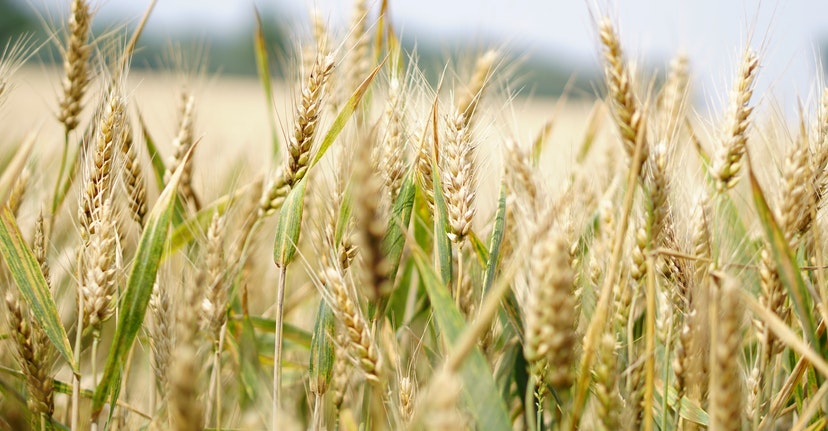How Subscription Spending Is Becoming a Thing Down on the Farm
Lending Farmers a Hand
Deere (DE) has been a dominant force in selling farming equipment for decades. Its hardware has been instrumental in American food production, including tractors, harvesters, reapers, and seed planters.
The company is also a leader in the automation space, having introduced satellite-guided tractors in 2000 and helping to make them commonplace since. Now the firm is focused on taking that further and introducing new products as well as software. Deere CEO John May says the goal is to help farmer’s do more with less.
From Hardware to Software
Sprayers that can distinguish between crops and weeds are among the new smart equipment products being introduced by Deere. The company is also rolling out self-driving tractors that can autonomously plow fields. But software may be an even more exciting avenue for growth. Deere anticipates 10% of its revenue will come from software fees by 2030.
To date, subscription spending has yet to gain a footing in the agricultural space. Startups have struggled to break through and larger companies haven’t seen related investments pan out. Still, most of that has focused on predicting crop performance and lowering costs. Deere is looking to provide farmers with more options in terms of software and autonomous machinery.
Deere’s Gameplan
The John Deere Operations Center is a cloud-based system that can collect and store data on crops, such as images of common weeds. Deere aims to connect 1.5 million of its machines that are still in service to the operations center by 2026. It also purchased Bear Flag Robotics for $250 million last year in order to develop software that will allow older equipment to become autonomous-technology capable.
As with other companies, Deere is attracted to the high profit margin associated with selling software as opposed to hardware. In order to potentially overcome farmer’s objections, some software will be sold on an as-needed basis, as opposed to annually. Deere argues its systems can make food production more robust, potentially at a lower cost. At a time when soaring grocery bills are a key aspect of inflation, that sounds especially appetizing.
Please understand that this information provided is general in nature and shouldn’t be construed as a recommendation or solicitation of any products offered by SoFi’s affiliates and subsidiaries. In addition, this information is by no means meant to provide investment or financial advice, nor is it intended to serve as the basis for any investment decision or recommendation to buy or sell any asset. Keep in mind that investing involves risk, and past performance of an asset never guarantees future results or returns. It’s important for investors to consider their specific financial needs, goals, and risk profile before making an investment decision.
The information and analysis provided through hyperlinks to third party websites, while believed to be accurate, cannot be guaranteed by SoFi. These links are provided for informational purposes and should not be viewed as an endorsement. No brands or products mentioned are affiliated with SoFi, nor do they endorse or sponsor this content.
Communication of SoFi Wealth LLC an SEC Registered Investment Adviser
SoFi isn’t recommending and is not affiliated with the brands or companies displayed. Brands displayed neither endorse or sponsor this article. Third party trademarks and service marks referenced are property of their respective owners.
SOSS22091301



